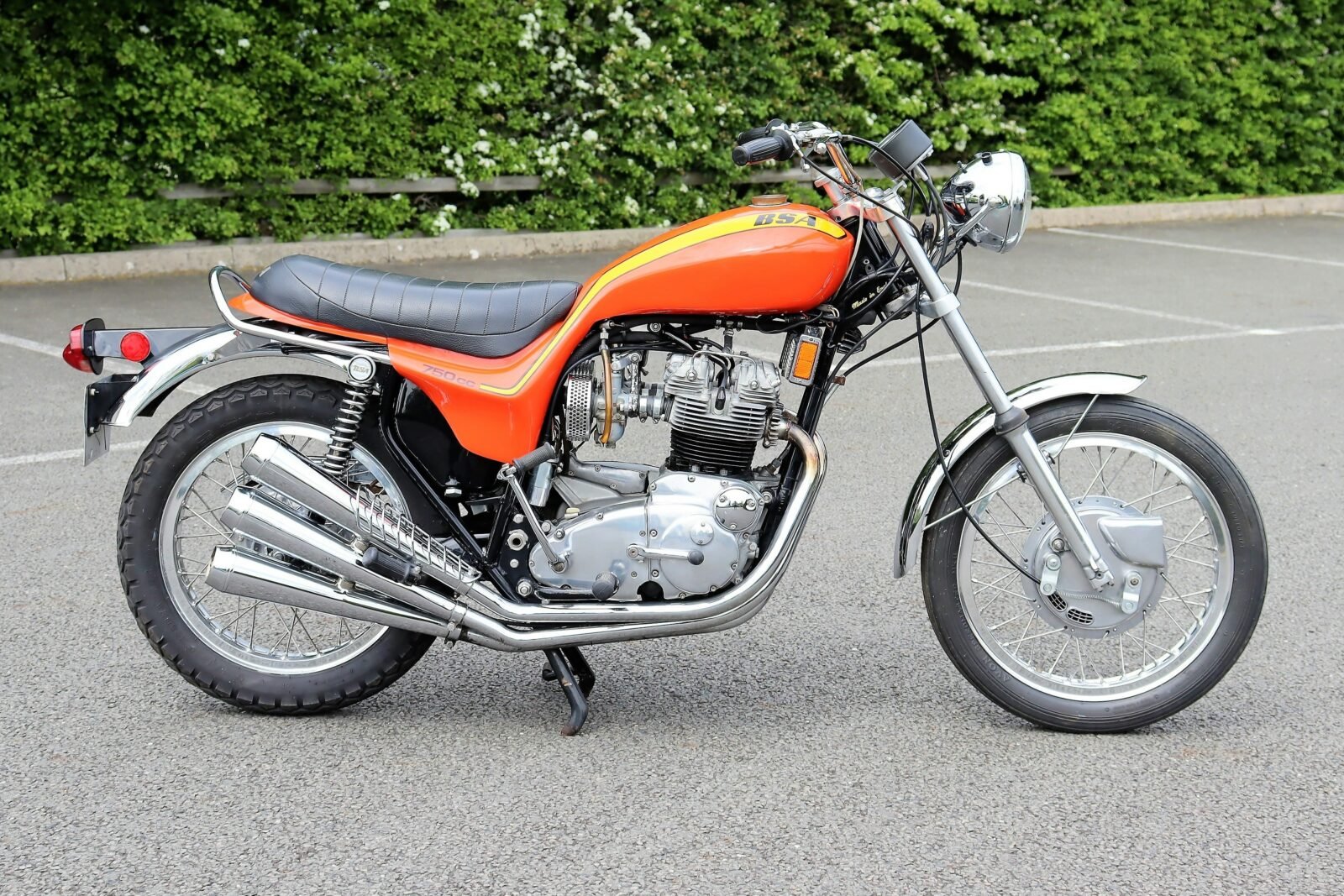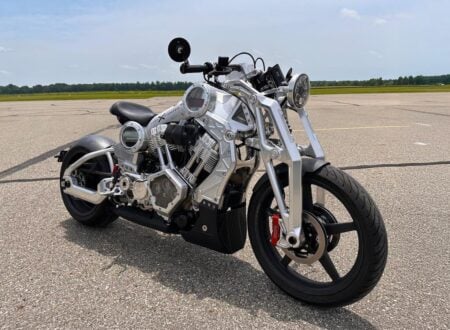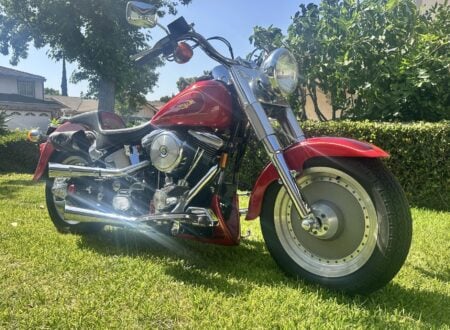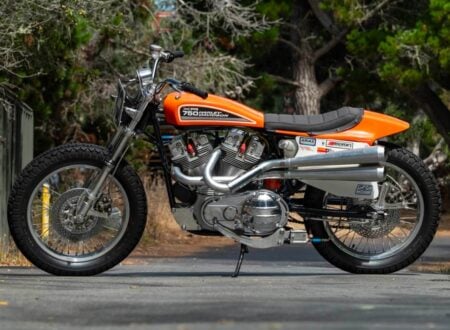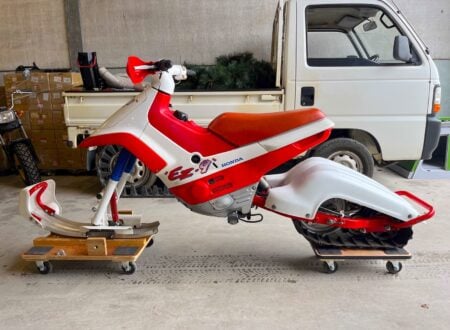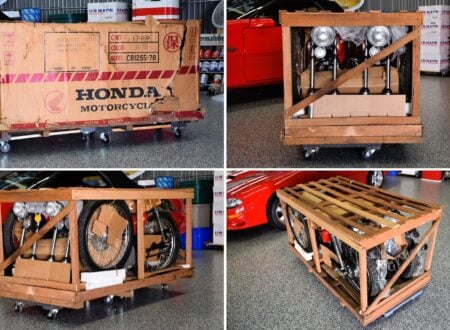Every surviving example of the Triumph X-75 Hurricane is special, but this is undoubtably one of the most important – it’s the only surviving factory-built pre-production prototype of the now legendary motorcycle.
This bike is now being offered for sale for the first time in many years out of the ownership of its longtime caretaker and a lifelong enthusiast – John Simmonds.
Fast Facts: The BSA Triumph X-75 Hurricane
- This is one of just two prototypes of the motorcycle that would become the Triumph X-75 Hurricane. It belonged to collector John Simmonds for many years and now following his passing it’s being offered for sale.
- The X-75 was the brainchild of two Americans, BSA USA distributor sales VP Don Brown and Craig Vetter. The bike was originally supposed to be released as a BSA however the company was shutdown, and it was later put into production as a Triumph.
- After the executives at BSA/Triumph headquarters saw the X-75 they decided not to approve it for production. After the prototype was featured on the cover of Cycle World magazine in the USA the strong public desire resulted in approval for a limited production run of 1,200 examples.
- Today, the surviving X-75 Hurricanes are among the most valuable and collectible Triumphs of the era – if not the most collectible outright. The motorcycle you see in this article is the BSA-built prototype.
The Triumph X-75 Hurricane: A History Speedrun
The Triumph X-75 Hurricane was very nearly the BSA Hurricane – in fact it would have been if it wasn’t for the inconvenient fact that BSA was shuttered before the proposed model’s release in 1972.
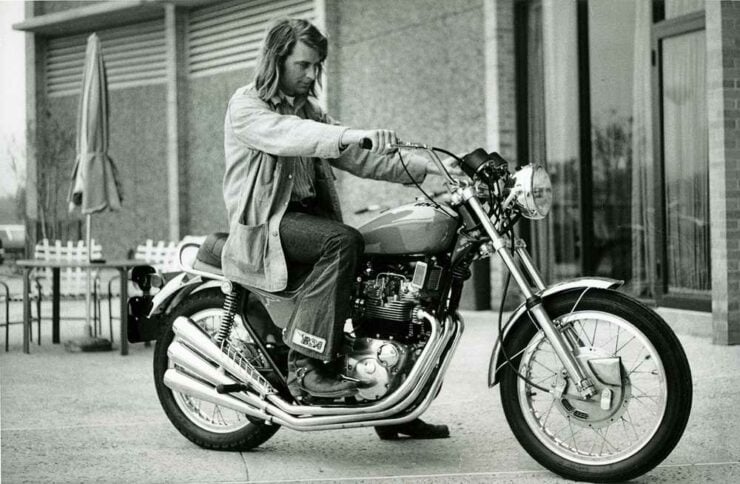

The project to develop the X-75 was launched not in England by the Brits, but in the United States by the Americans. By the late 1960s the Japanese were rapidly climbing the ranks of the motorcycle world thanks to revolutionary models like the Honda CB750.
Despite this Japanese onslaught of fantastic motorcycles, the Brits, Germans, and Americans did relatively little to actually modernize their engines or their overall motorcycle designs.
The BSA sales VP Don Brown saw the writing on the wall and took matters into his own hands, he sent one of the new BSAs off to set some speed records at Daytona for marketing purposes.
After this he hired a wildly talented young motorcycle designer named Craig Vetter, who was singlehandedly ahead of the rest of the world when it came to two-wheeled aerodynamics.
Vetter developed a new design around the pre-existing BSA Rocket 3, a three-cylinder motorcycle with a displacement of 740cc. The Vetter design included new fiberglass bodywork that incorporated a fuel tank, and swept back into the side covers and out to the tail of the bike.
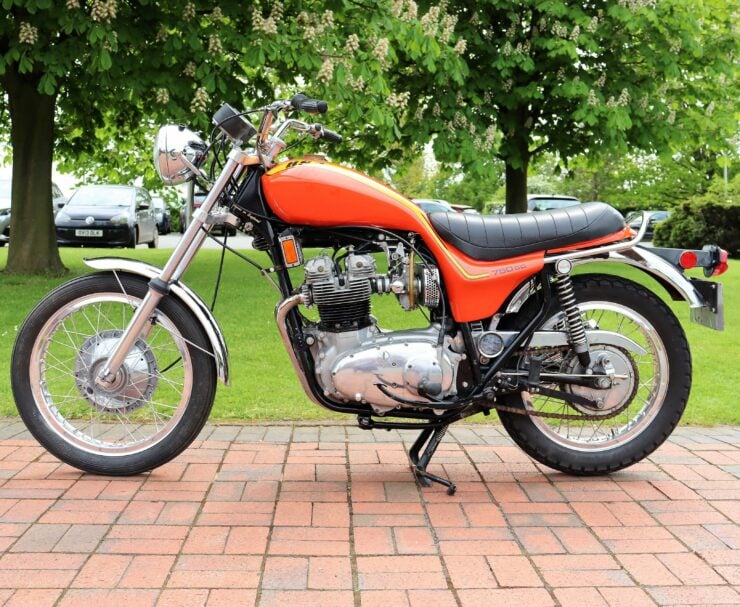

It was essentially a single piece of fiberglass which was fitted with a ribbed seat, and it transformed the look of the BSA. This project was never officially sanctioned by BSA and as a result, it actually took two years for Vetter to be paid for it.
The bike was complete by the summer of 1969, it was called the BSA Rocket Three at the time, the American distributors loved it, with many believing it would allow them to take the fight back to the Japanese.
Next up the bike was shipped to England where it was viewed with significant skepticism. New ideas weren’t often welcomed, and it was already known back at headquarters that the BSA marque was going to be shutting down.
The X-75 project may have stopped right here, if it wasn’t for the American motorcycle magazine Cycle World. Vetter’s X-75 appeared on the cover in September of 1970, and a full article on the bike was contained within.
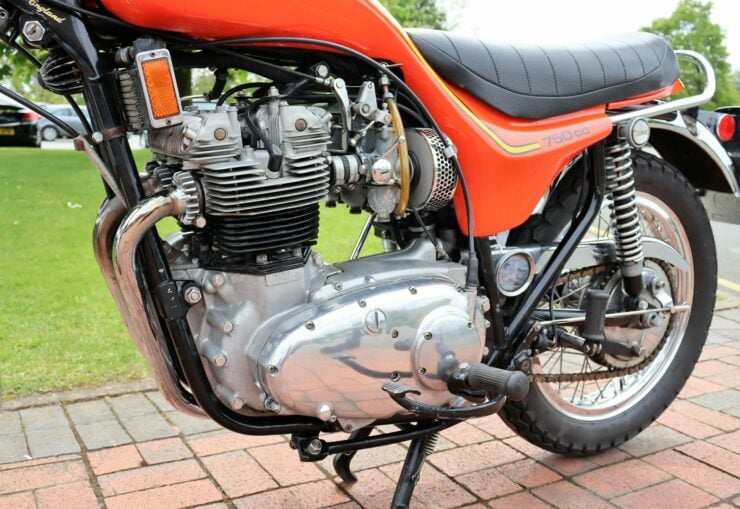

The public reception to the bike was overwhelmingly positive, so much so that it managed to change the minds back in England, who realized they could sell their stock of BSA Rocket-3 parts and charge a premium for it.
The Vetter machine would be released in 1972 at the Triumph X-75 Hurricane and it would be given a very limited production run – just 1,200 were planned to be made from 1972 and into 1973.
A Word About John Simmonds
The X-75 works prototype available here is a one-of-a-kind motorcycle that is being offered to a new owner following the unfortunate passing of its former keeper John Simmonds.
This machine held immense significance in John’s life, becoming an integral part of his family’s story. His wife was a dedicated supporter of his passion, and the motorcycle became a lifelong journey for John.
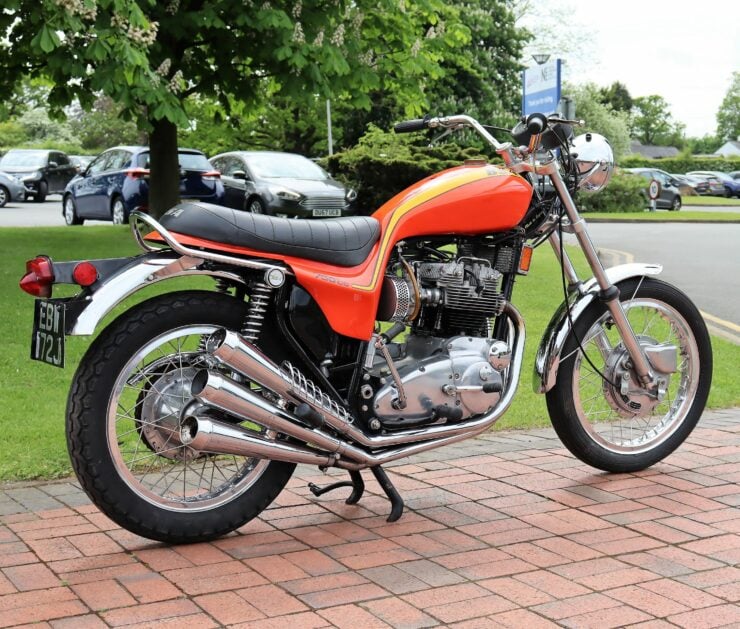

His unwavering enthusiasm and reverence for the Vetter-designed prototype involved actively sharing the bike with the public, conducting research, connecting with the motorcycle community and industry – all with the aim of bringing attention and recognition to an iconic design, its designer, and an important chapter in British motorcycle history.
The Triumph X-75 Hurricane Prototype Shown Here
This is one of only two X-75 Hurricane prototypes made. One was built by Vetter in his workshop located in Illinois, while the other was assembled by the BSA factory to evaluate production viability.
Vetter generously donated his original prototype to the AMA Motorcycle Hall of Fame in Pickerington, Ohio. The Umberslade prototype, which is the motorcycle shown in this article, was initially labeled as a Triumph and sold during a factory clearance sale without recognizing its significance as a prototype.
The late owner, John Simmonds, who preserved the works prototype, had the opportunity to meet individuals involved in the project at Umberslade Hall during that time, including Alistair Cave, the works manager, who provided valuable inside information.
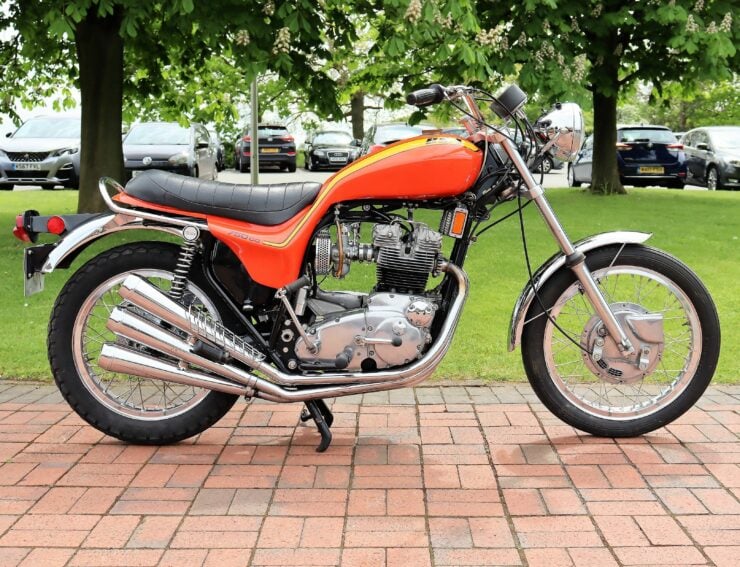

The prototypes differ from the production machines in a number of ways. They include: different dimensions for the tank and side panels to fit wider seat rails; Triumph Hurricane items will not fit the BSA Vetter.
They also have a slightly steeper steering head angle, brackets project the headlamp further forward, they have a unique oil tank with the filler at the front, the brake rod is routed outside the frame, and a deeper and more flared seat tailpiece.
This historically significant motorcycle is now being offered for sale with the original V5 (TKX 33M) on file and a current V5C (EBW172J). If you’d like to read more about it or register to bid you can visit the listing on H&H Classics. It’s due to be auctioned on the 12th of July in the West Midlands of England.
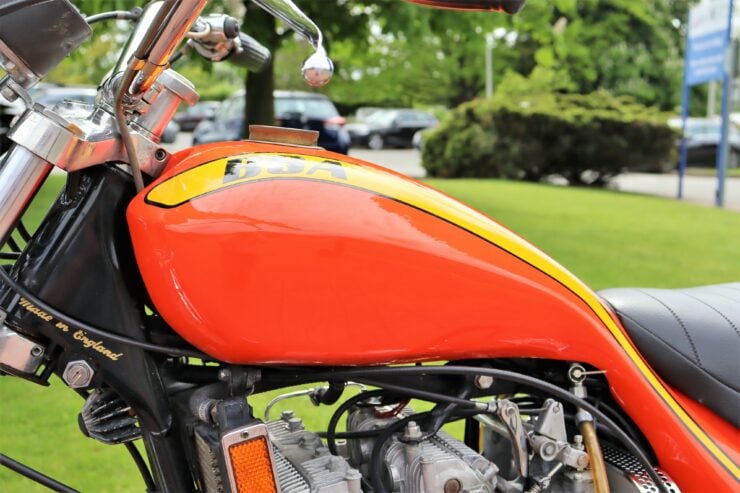
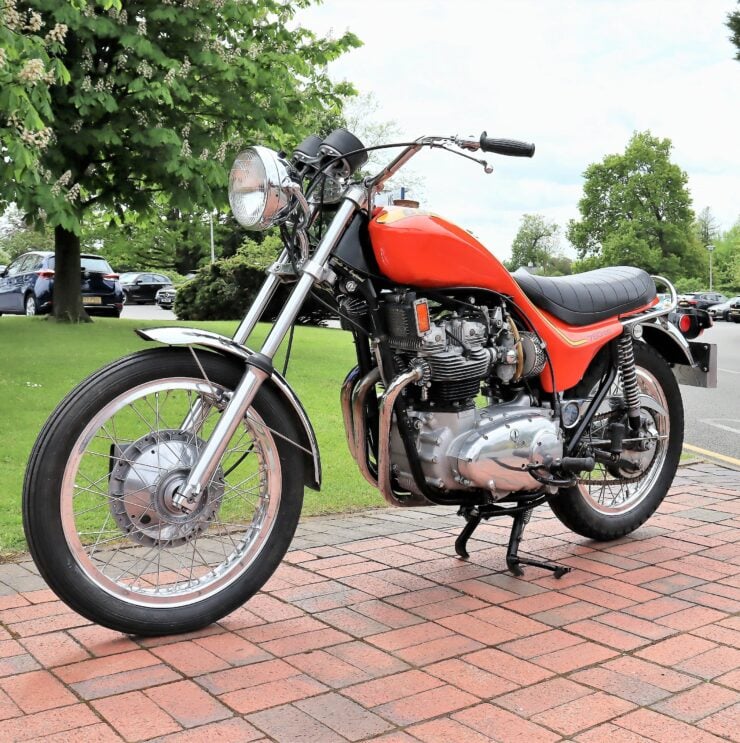
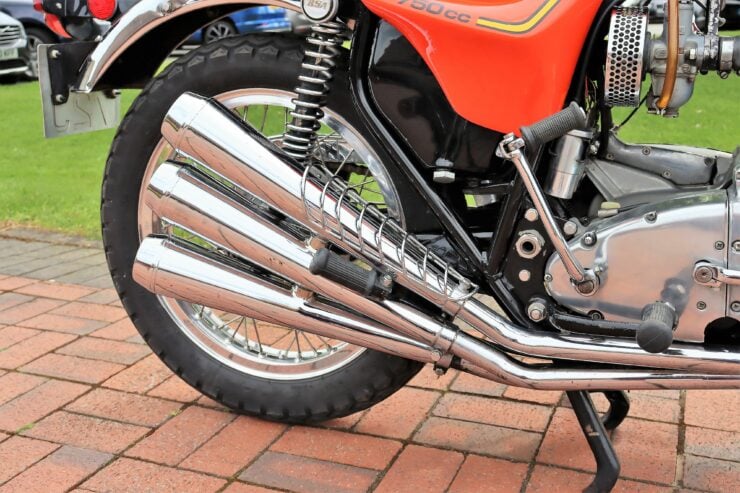

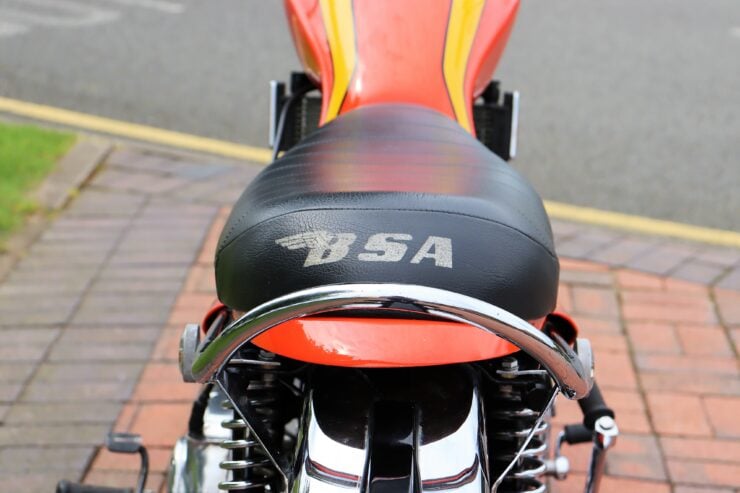
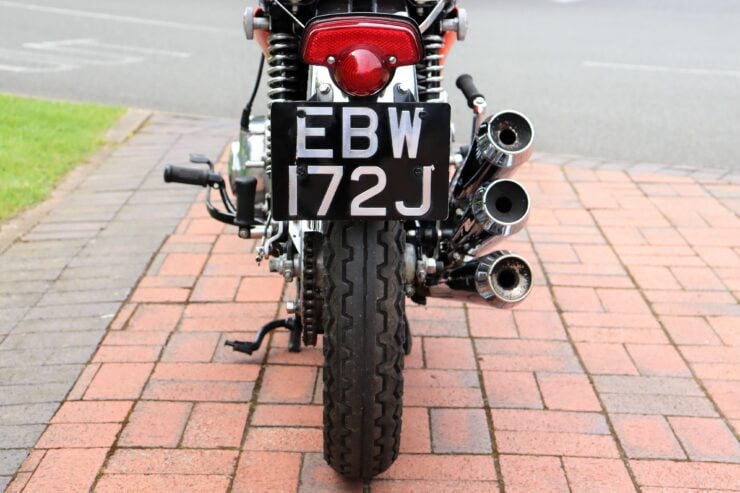
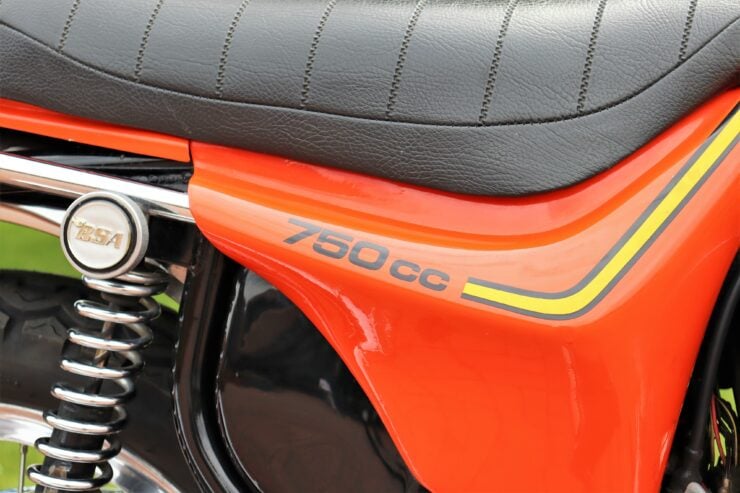
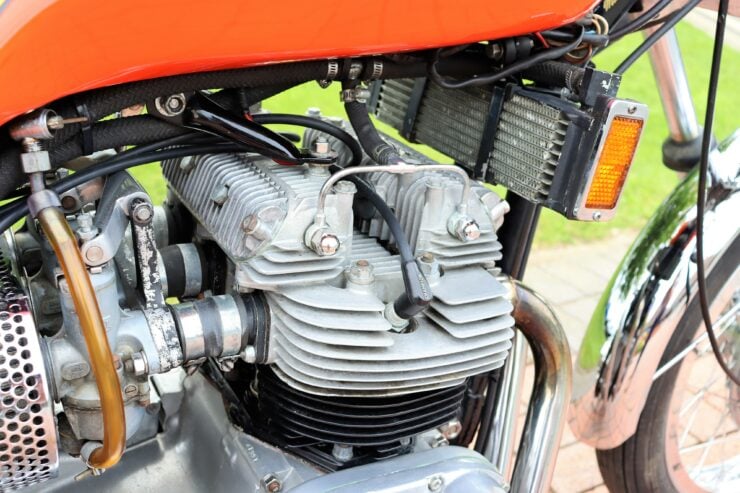
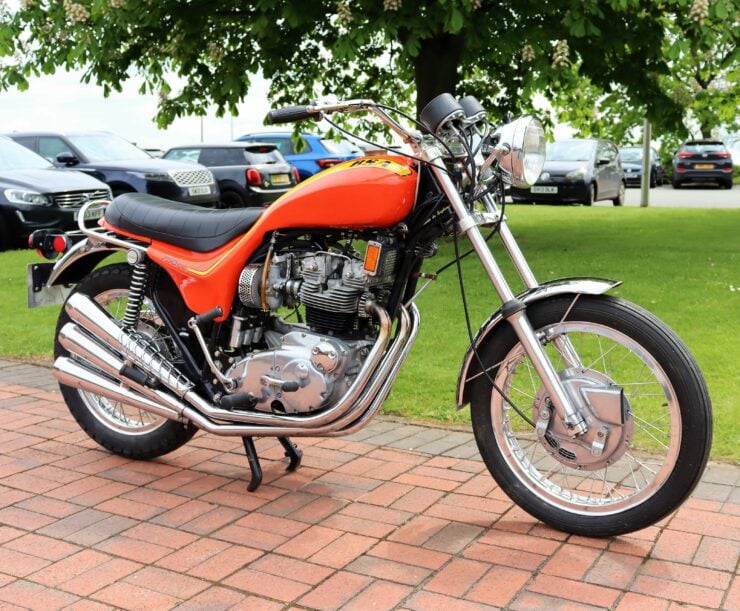
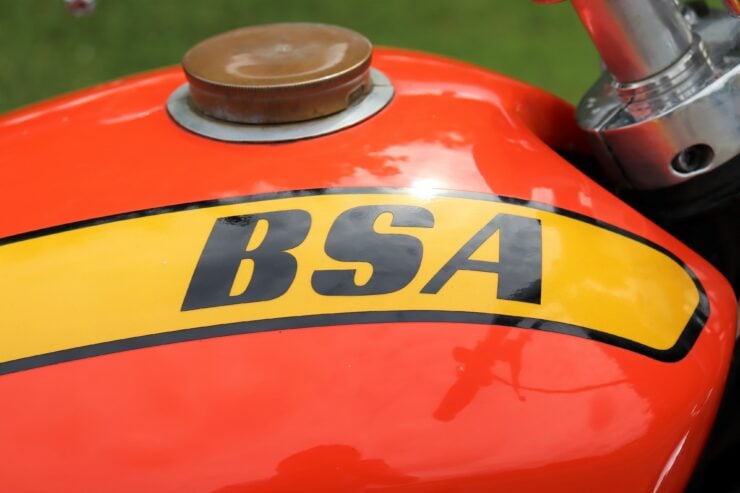
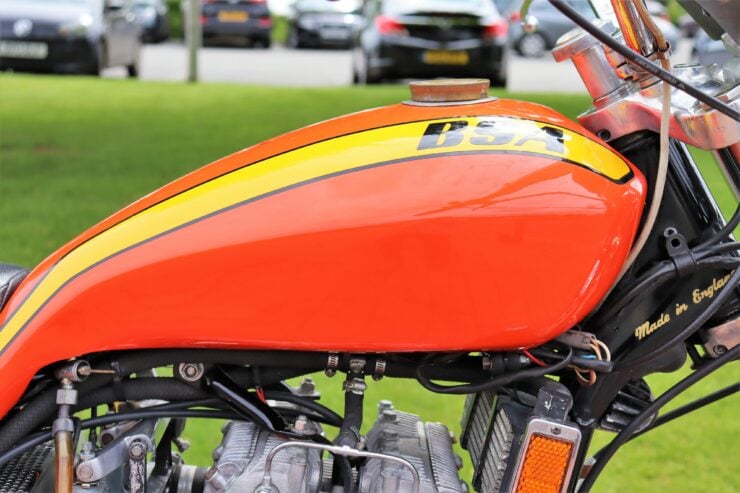
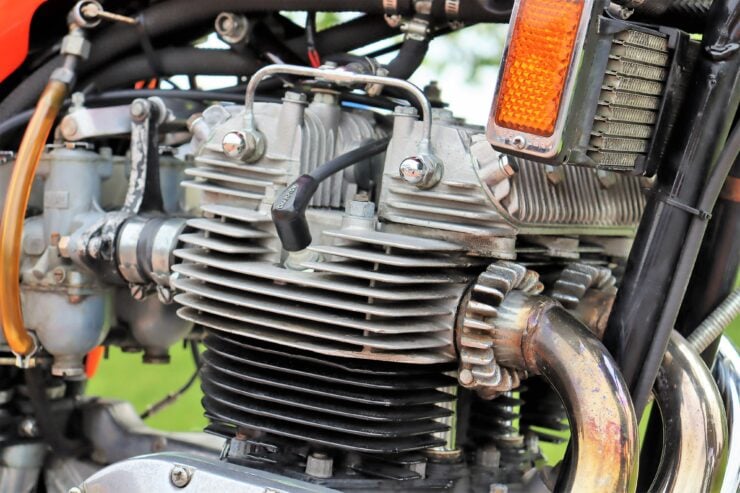
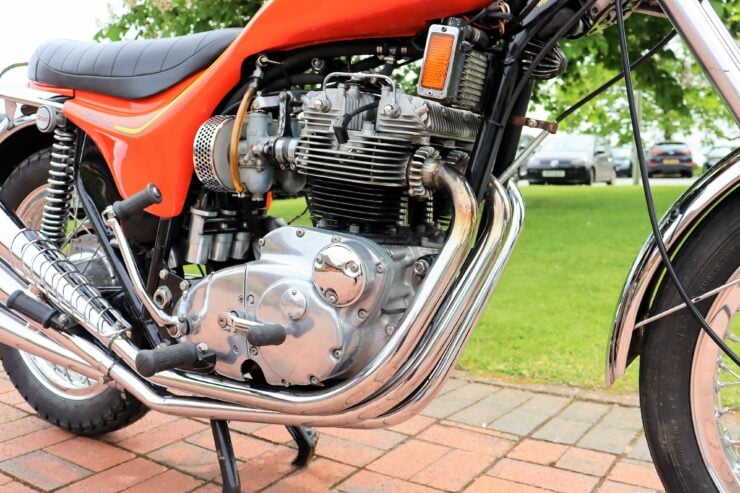
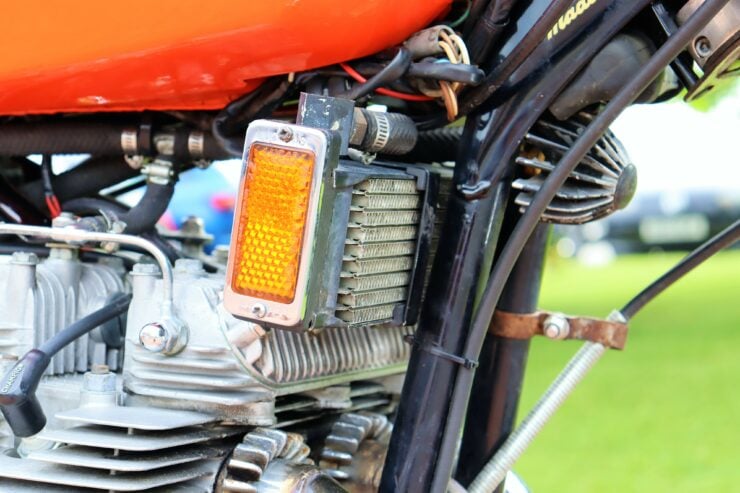
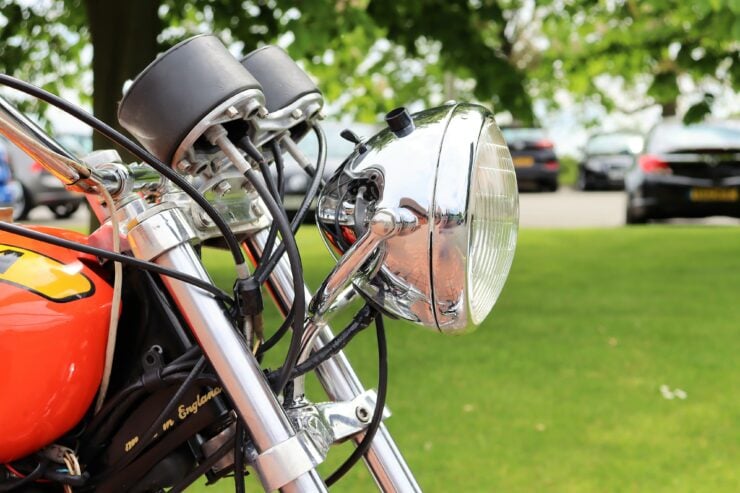
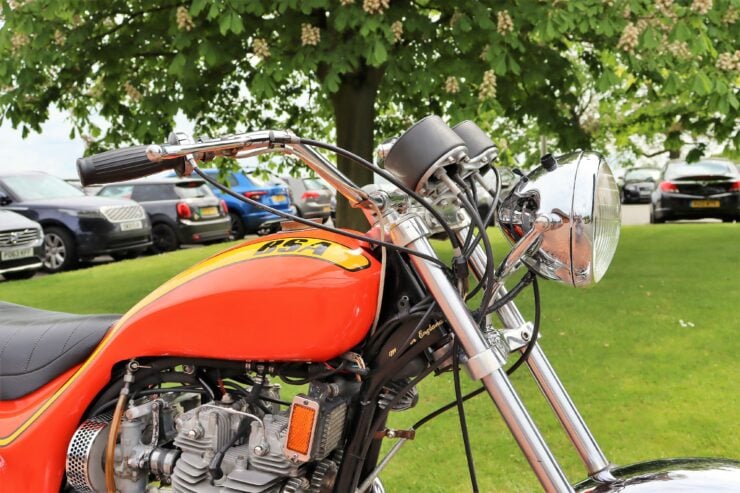
Images courtesy of H&H Classics

